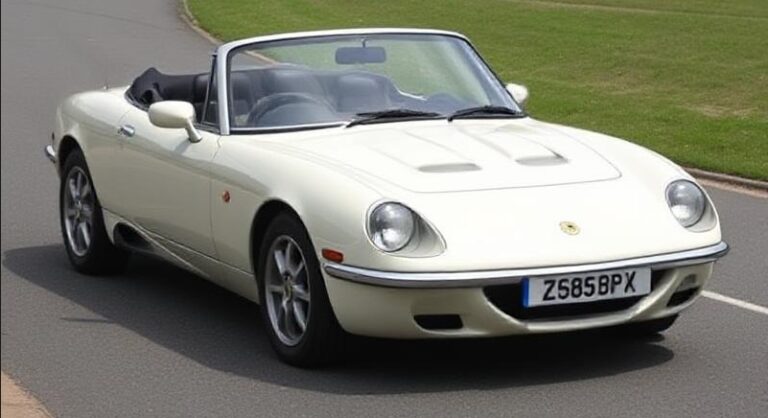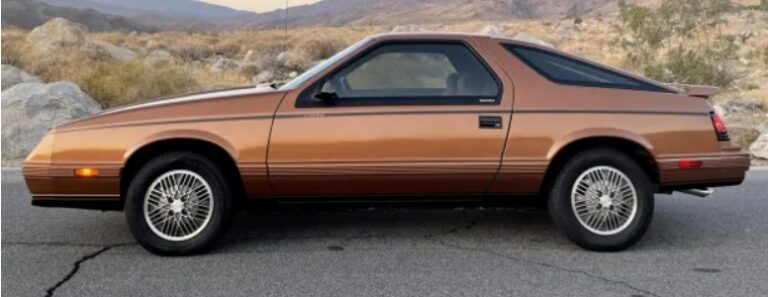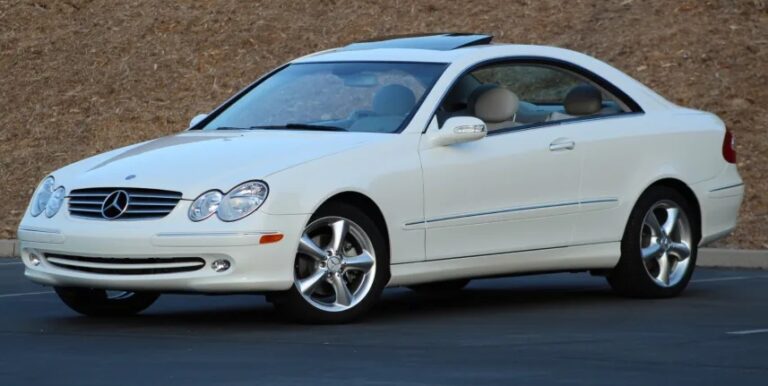The Evolution of The Dodge 024: A Neon Flashback to the 1980s
The 1980s were a decade of bold experimentation in automotive design. Amidst the angular lines, futuristic aesthetics, and burgeoning front-wheel-drive revolution, Dodge introduced a subcompact coupe that captured the zeitgeist: the Dodge 024. While not a resounding commercial success, the 024, alongside its Plymouth sibling the TC3, represents a fascinating chapter in Chrysler’s history, embodying the design trends and engineering challenges of the era. This article will delve into the evolution of the Dodge 024, charting its production years, models, trim levels, and the context that shaped its brief existence.
Genesis and the Horizon Connection (1980-1982):
The story of the Dodge 024 begins with the Chrysler Corporation’s response to the rising popularity of small, fuel-efficient vehicles. The oil crises of the 1970s had fundamentally shifted consumer demand, and Detroit automakers scrambled to adapt. The 024 and its Plymouth counterpart, the TC3, were born as part of this shift, sharing a common platform with the Dodge Omni and Plymouth Horizon. These front-wheel-drive subcompacts were a direct result of Chrysler’s desperate need to modernize its lineup and compete with the increasingly popular offerings from Japanese and European manufacturers.
The Dodge 024 officially entered production in 1980. Initially, the 024 was essentially a two-door hatchback version of the Omni/Horizon platform, sharing the same basic underpinnings and mechanical components. This strategy allowed Chrysler to leverage existing tooling and engineering, thus minimizing development costs and time. The primary distinction between the 024 and its siblings lay in its distinctive coupe body style, intended to appeal to a younger, more style-conscious demographic.
1980 Models and Trim Levels:
- Dodge 024 Base: The entry-level model came equipped with a standard 1.7-liter inline-four engine, sourced from Volkswagen, and was mated to a four-speed manual transmission. Standard features were basic, reflecting the budget-oriented nature of the car. These included vinyl upholstery, manual windows, and minimal instrumentation.
- Dodge 024 Custom: Stepping up to the Custom trim provided buyers with a slightly more refined experience. It included upgrades such as upgraded interior trim, more sound insulation, and often came with a higher level of standard equipment than the base model.
- Optional Features: Throughout the 1980 and subsequent years, the 024 offered an array of optional equipment, including a three-speed automatic transmission, air conditioning, power steering, power brakes, and a rear window defroster.
1981: A Minor Refinement:
The 1981 model year saw the Dodge 024 largely unchanged, reflecting Chrysler’s limited budget and the desire to maintain momentum. The 1.7-liter Volkswagen engine remained the base powerplant.
1982: A New Engine and Expanding Options:
The 1982 model year marked a significant change for the 024: the introduction of Chrysler’s own 2.2-liter inline-four engine. This engine, producing a modest 84 horsepower, provided increased power and torque compared to the VW-sourced unit. The 2.2-liter engine was a key step in Chrysler’s independence, reducing its reliance on foreign suppliers.
1982 Models and Trim Levels:
- Dodge 024 Base: Continued the basic formula.
- Dodge 024 Custom: Offered improvements in trim and equipment.
- Dodge 024 Miser: Introduced as a fuel-efficient variant. These models often featured an optimized gear ratio to maximize fuel economy.
- Optional Features: Continued the availability of the same optional equipment as previous years, including the automatic transmission, air conditioning, and power steering.
.
Funniest Dodge Challenger Memes
.
The Charger Connection (1983-1987):
In 1983, the Dodge 024 received a major rebranding, becoming the Dodge Charger. This name change, coupled with significant styling revisions, marked a clear attempt to leverage the heritage of the iconic muscle car. The new Charger featured a more aggressive front fascia, a revised rear end, and a new interior. This repositioning aimed to shed the image of a purely economy car and appeal to a broader audience.
1983 Models and Trim Levels:
- Dodge Charger Base: The entry-level model, offering the 2.2-liter engine and a four-speed manual transmission.
- Dodge Charger Shelby: Perhaps the most iconic variant, the Charger Shelby was a high-performance version developed in collaboration with Carroll Shelby. It featured a turbocharged version of the 2.2-liter engine, producing 107 horsepower and 136 lb-ft of torque. This model boasted performance upgrades to suspension, steering, and brakes, and was instantly recognizable by its unique body features. The Shelby was an important piece of automotive history as it showed a partnership with a performance brand that led to a cult following of the model.
- Dodge Charger (mid-year update): A significant redesign. The front end was revised to look more aggressive, with a new grille and headlights. The rear fascia was also updated, and new interior features became available.
- Optional Features: Offered the same options as previous models, including automatic transmission, air conditioning, and power steering.
1984: Further Evolution:
The 1984 Dodge Charger saw further refinements and the introduction of new features.
1984 Models and Trim Levels:
- Dodge Charger Base: Standard model.
- Dodge Charger Shelby: The Shelby model was more prevalent this year.
- Optional Features: Continued the same options from previous years.
1985: New Trim Levels and Options:
The 1985 model year saw the introduction of new trim levels.
1985 Models and Trim Levels:
- Dodge Charger Base:
- Dodge Charger Shelby:
- Dodge Charger Sport: This new trim level offered a sportier appearance with features such as a rear spoiler, special wheels, and interior upgrades.
- Optional Features: The list of options continued to evolve, offering features like a power sunroof and upgraded sound systems.
1986: Minor Updates:
The 1986 model year brought minor cosmetic and feature changes.
1986 Models and Trim Levels:
- Dodge Charger Base:
- Dodge Charger Shelby:
- Dodge Charger Sport:
1987: The End of the Line:
The 1987 model year marked the end of the Dodge Charger’s production run. Competition from newer, more advanced models, and the shifting market preferences, had significantly decreased demand for this aging platform. The Charger was not only discontinued, but replaced by the Shadow/Sundance series, which would become Dodge’s subcompact offering for the remainder of the decade.
Why the 024/Charger Matters:
The Dodge 024/Charger, despite its relatively short lifespan and modest sales figures, holds a unique place in automotive history. It exemplifies several key trends of the 1980s:
- The Rise of Front-Wheel Drive: It was an early example of the front-wheel-drive revolution, which eventually came to dominate the automotive landscape.
- The Struggle for Fuel Efficiency: It reflected the industry’s efforts to improve fuel economy in the face of rising gasoline prices.
- The Importance of Styling: The rebrand from the 024 to the Charger highlights the automakers’ understanding of the importance of styling in attracting buyers.
- The Shelby Connection: The Charger Shelby stands as a testament to the power of performance branding, which allowed the car to stand out.
- The End of an Era: The 024/Charger’s demise signaled the end of an era for Chrysler, as the automaker adapted to market demands and changing consumer preferences.
Technical Details and Performance:
The Dodge 024/Charger was powered by a range of inline-four engines. The initial 1.7-liter Volkswagen engine produced a modest 67 horsepower, providing adequate but not thrilling performance. The 2.2-liter Chrysler engine, which arrived in 1982, offered a slight improvement, with around 84 horsepower and 118 lb-ft of torque. The Shelby models, with their turbocharged 2.2-liter engines, were significantly more potent, generating 107 horsepower. This performance was enough to give the Shelby a 0-60 mph time of around 9 seconds, making it relatively quick for its class. The suspension was independent in the front and a torsion beam setup in the rear. The front-wheel-drive layout provided predictable handling, making it suitable for everyday driving.
Conclusion:
The Dodge 024 and its Charger successor stand as an interesting footnote in the history of American automotive engineering. They were born out of a period of considerable challenge and change, reflecting the economic and technological conditions of the 1980s. While not a commercial superstar, the 024/Charger played a role in Chrysler’s efforts to adapt to a new automotive landscape. Its styling, trim levels, and the Shelby variant, in particular, captured a moment in time, offering a glimpse into the design trends and the engineering compromises that shaped the decade. Today, the 024/Charger is a nostalgic reminder of a time when cars were simpler, fuel economy mattered greatly, and the evolution of automotive technology was constantly redefining the driving experience.







